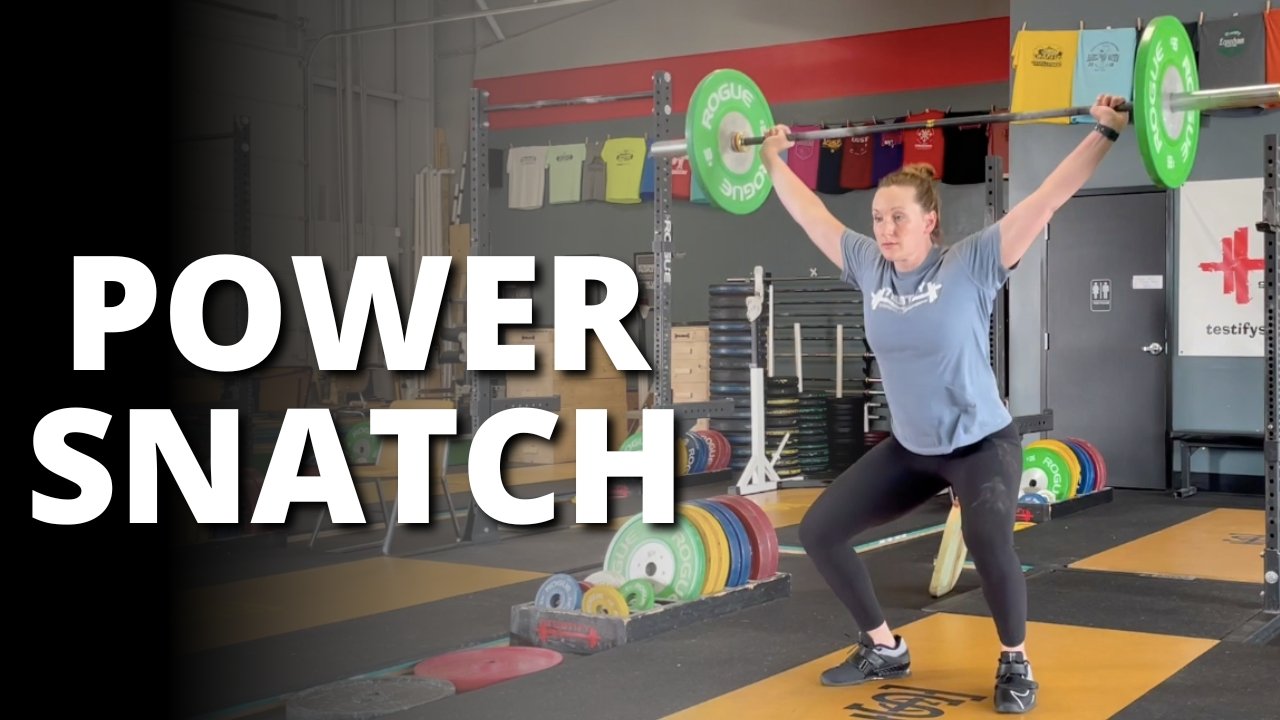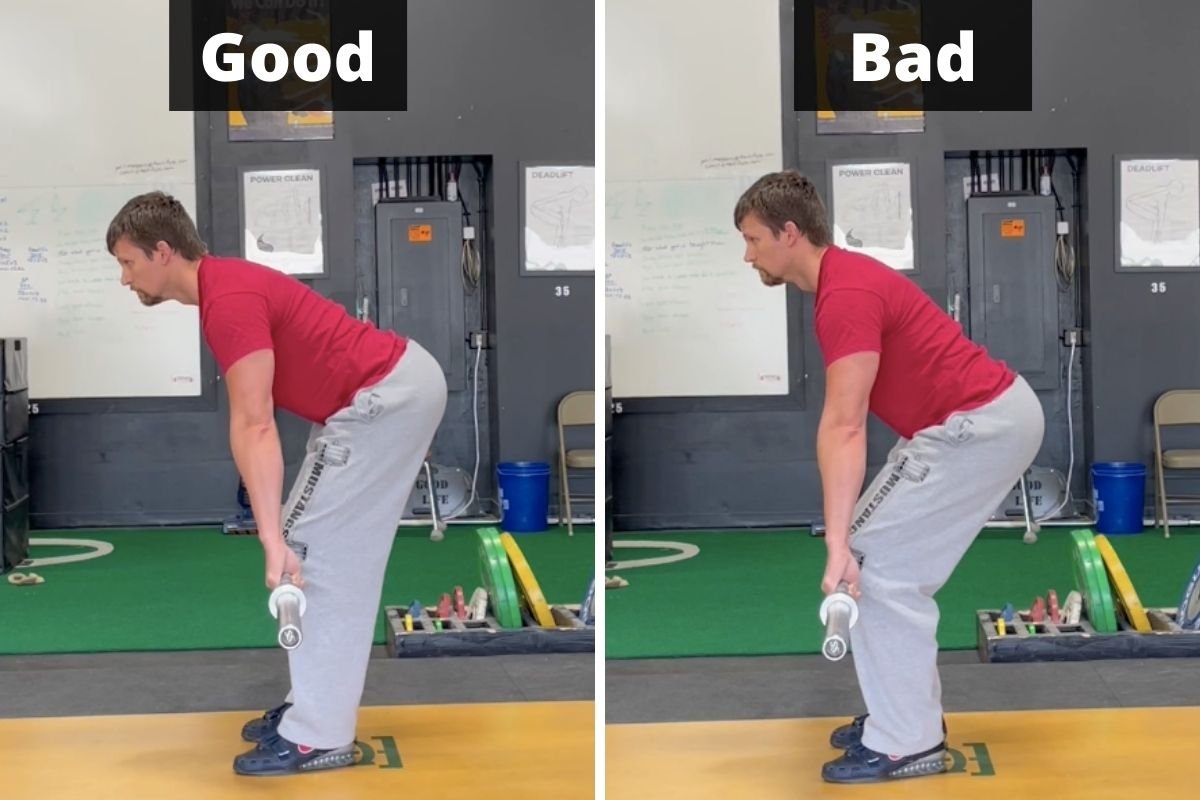What is a Hang Snatch? | Olympic Weightlifting Technique
/What is a hang snatch? How is it different from a power snatch, hang power snatch, or snatch?
FIGURE 1: THE LIFT STARTS WITH THE BAR HANGING IN THE HANDS (SINCE “HANG” IS PRESENT).
As in our snatch and power snatch articles, let’s break this down simply and quickly, and for a demonstration with explanation, watch the included (and short) video.
“Hang” is Present
We begin by examining the words present or not present in the name of the lift. The word “hang” is present, so the hang snatch starts with the barbell hanging in the hands (Figure 1). Usually, the lift will start somewhere around the middle or lower part of the thigh, but you can also start a hang snatch from a lower or higher position.
Again - and this is the important part - a hang snatch simply starts with the bar hanging in the hands, and thus the lift does not start with the bar resting on the floor.
figure 2: THE LIFT IS RECEIVED IN A FULL DEPTH overhead SQUAT (SINCE “POWER” AND “SPLIT” ARE NOT PRESENT).
No “Power” or “Split”
The words “power” and “split” are absent, so the lift will not be received overhead in the power position (i.e., a partial depth overhead squat), nor will it be received in the split position (i.e., with one foot in front of the torso and one foot behind the torso). By default, this means the lift will be received in a full depth overhead squat (Figure 2).
So . . . What IS a Hang Snatch?
Thus, a hang snatch is a lift wherein the bar starts hanging in the hands and is then accelerated upward, imparting enough momentum to the bar that the bar continues upward, whereupon it is then locked out overhead (AKA “received,” “racked,” or “caught”) in a full depth overhead squat position before it is then stood up.
As always, we hope this helps you get stronger and live better.
(Some links may be affiliate links. As an Amazon Associate, Testify earns from qualifying purchases.)










